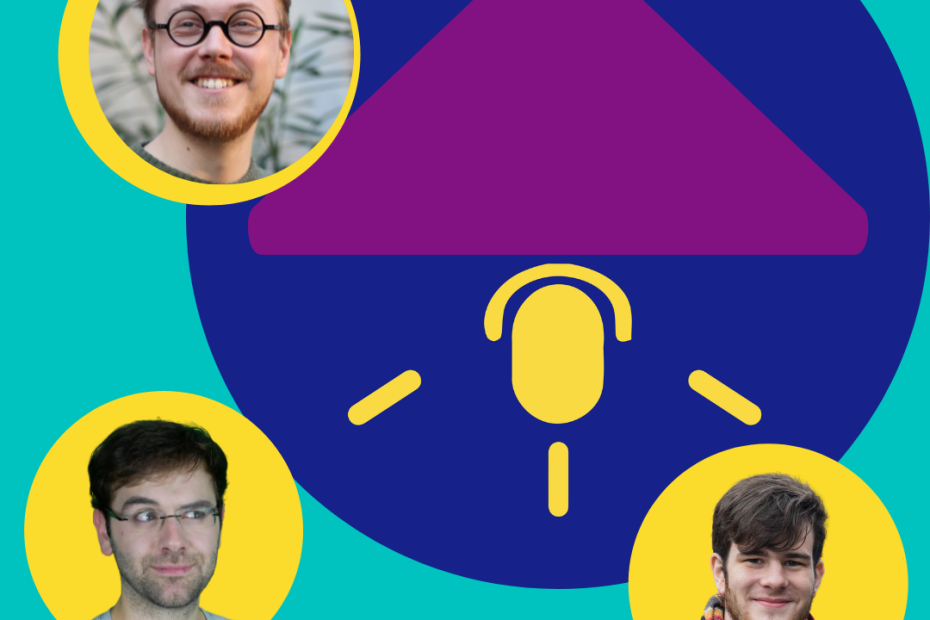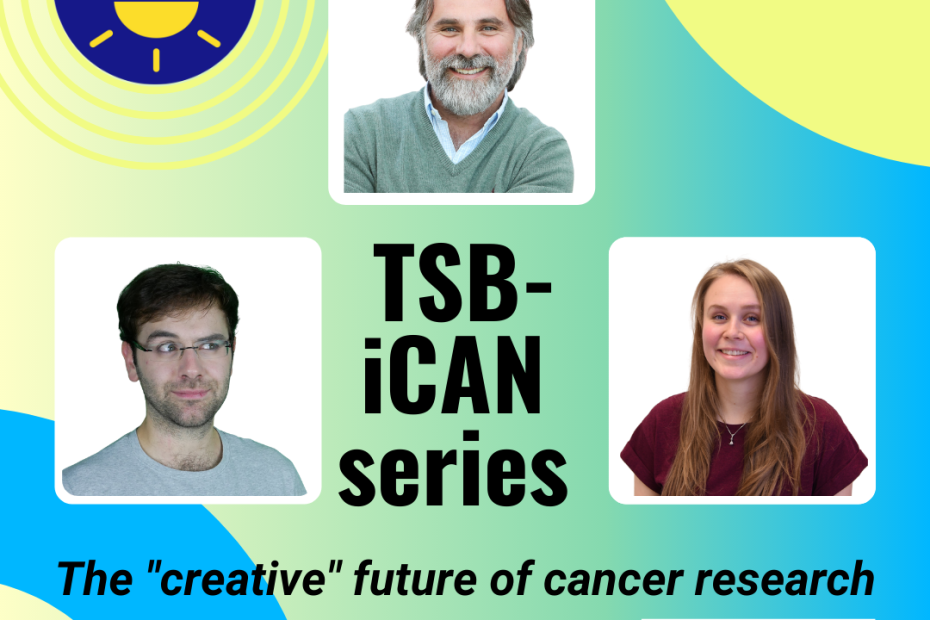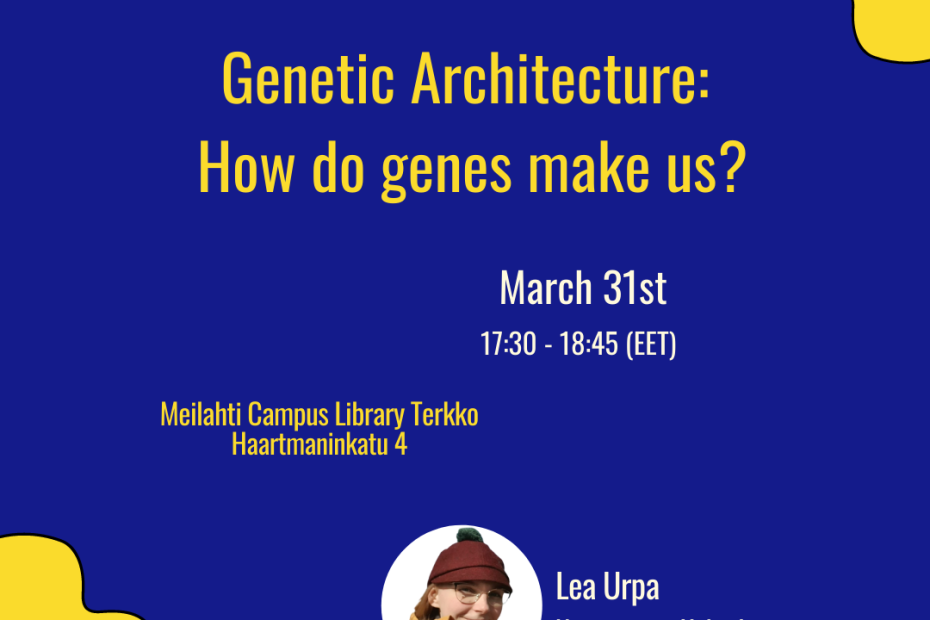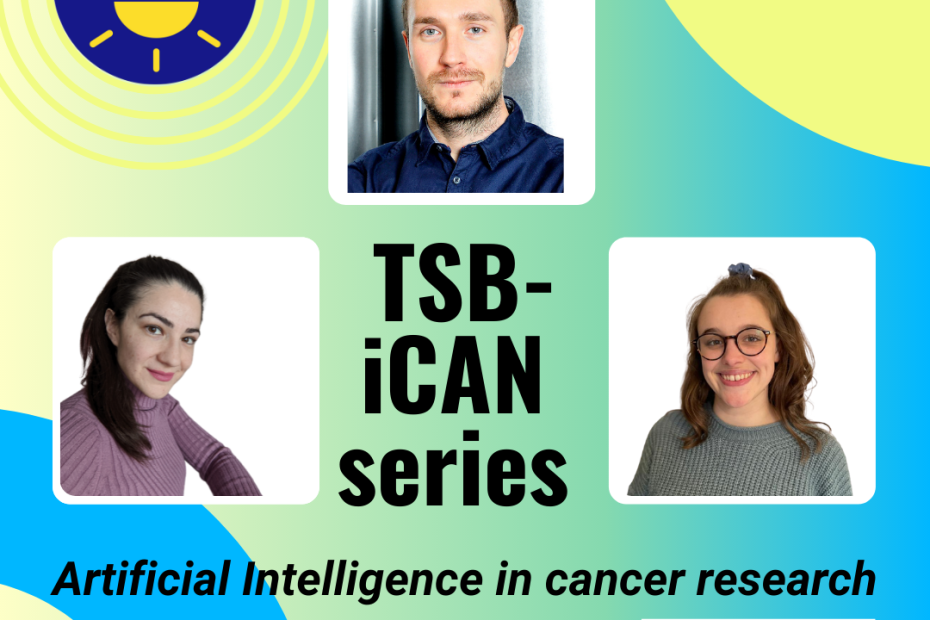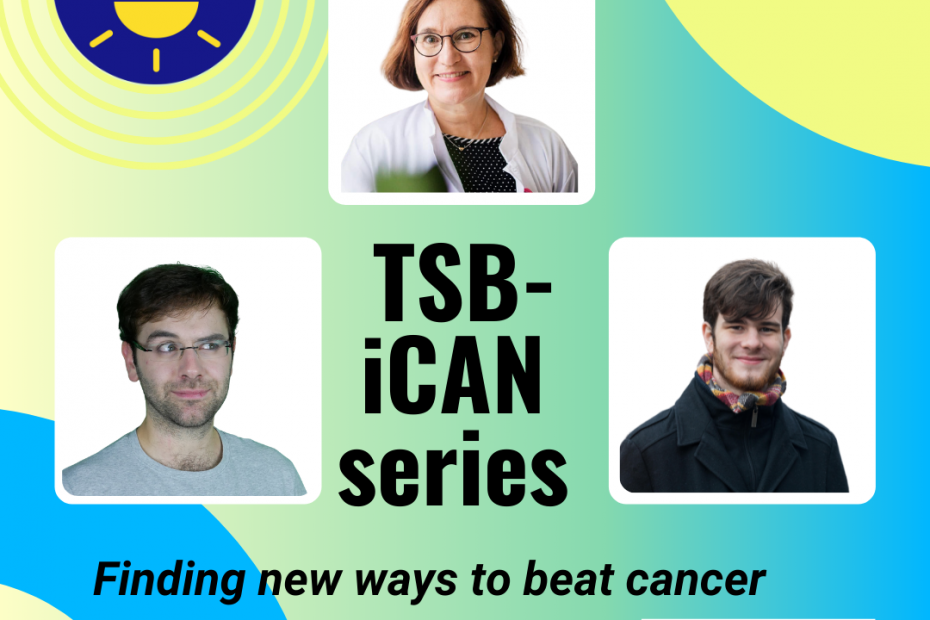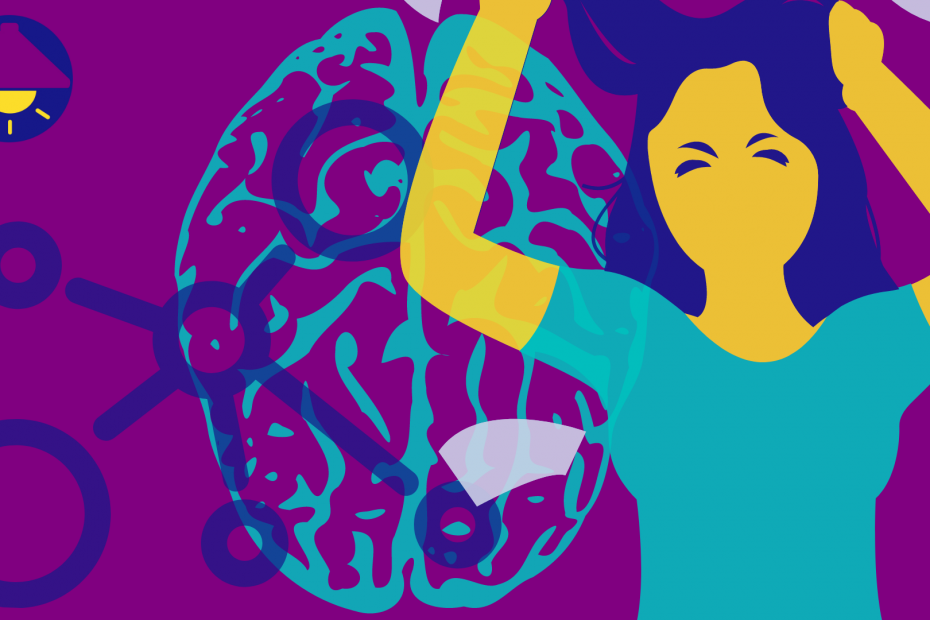How do the differences in genes result in who we are today? Genes are stretches of DNA that contain the information to make proteins, and variants in these genes are what make us similar or different from one another. But how can tiny changes in discrete molecules of DNA result in the vast, continuous variation we see in humanity, like in huge range of heights between the shortest and tallest of us? In the early 1900s, this was the focus of a fierce debate in biology- between those who thought inheritance was continuous and those that thought it was discrete.
The surprising resolution of this debate still frames how we think about genetic variation and its effect on traits like height today- and how, with modern genetic sequencing tools, we can pinpoint exactly which variation affects these kinds of ‘complex’ traits. Understanding the map between genetic variants and traits, known as ‘genetic architecture’, can help us understand disease and develop better treatments for people with those diseases.
